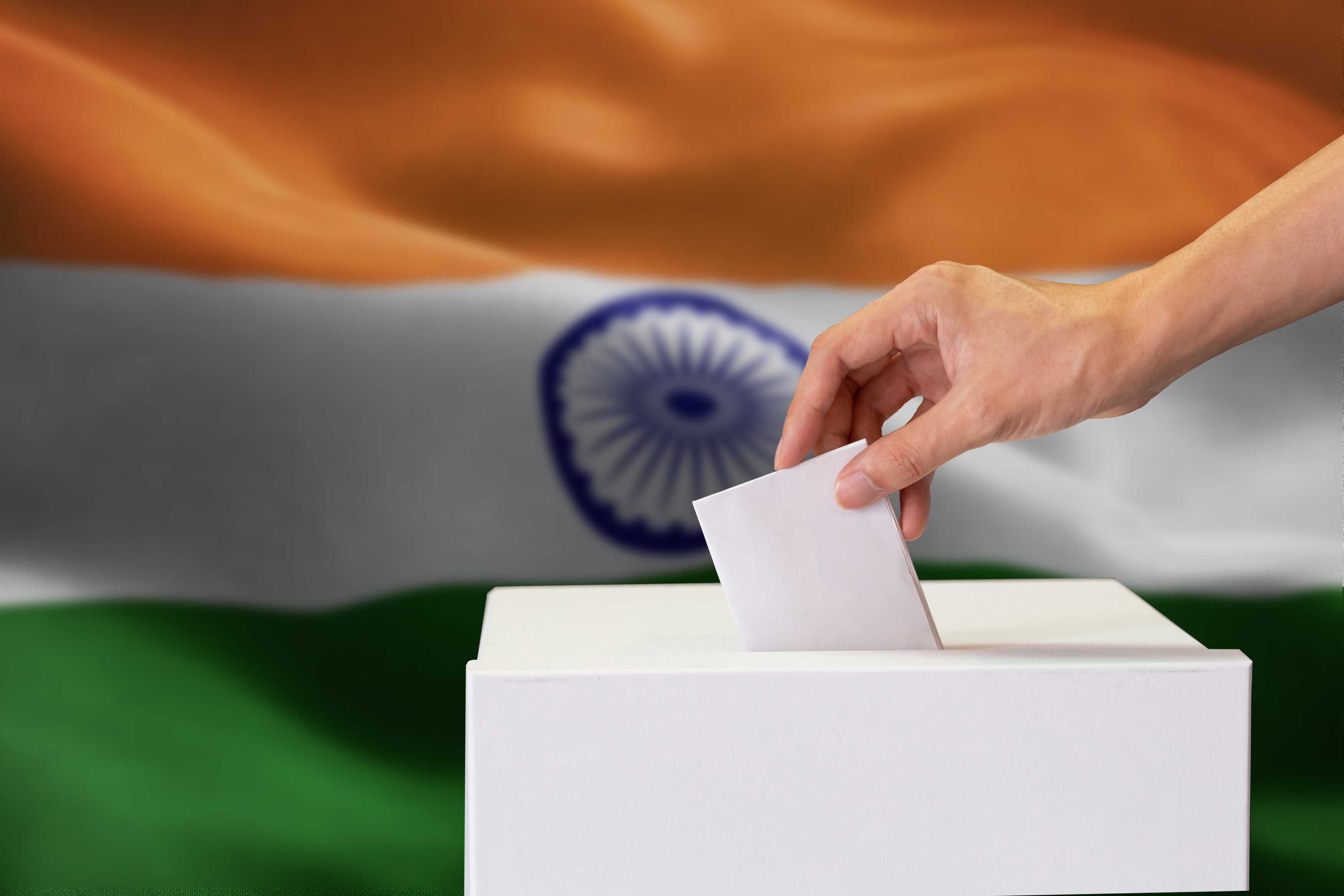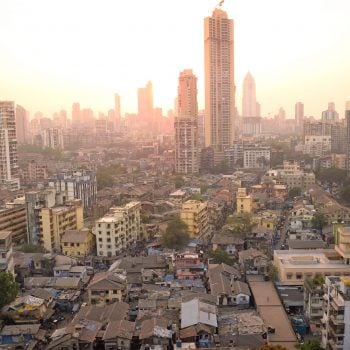More than a matter of numbers… This could be a whole new ball game
What’s got 1,938 Million legs, and takes six weeks to decide which party to go to (out of the 2,600 on offer)? As if you didn’t know immediately, the answer is India’s electorate, and right now the subcontinent is the plumb centre of the biggest, most impressive exercise in democracy the world has ever seen. It takes six long weeks for 969 Million registered voters to shuffle their way through some of the most isolated polling booths on the planet, including the world’s highest in the Himalayas (15,256 feet), some that are capable of being reached only by boat (literally, floating voters), and some so inaccessible that voting machines have to be brought in by elephant or on horseback. And the whole shooting match will cost a whopping £12 Billion, which also makes it, if we ignore the Oscars, the most expensive electoral process on earth.
Stability Matters
Voting will close on 1 June (in India, not Hollywood…you can forget the Oscars now), and the final results will be declared three days later…but nobody, not even the most ardent Congress loyalist, is seriously expecting anyone other than Narendra Modi to be clambering onto the podium come 4 June: his BJP Party has been in power since 2014, and if (as expected) it retains control next month, that will mark Modi’s third term in office and (at least) fifteen years of continuous government. Compare that with the five separate prime ministers and three parties that held power in the eighteen years between 1996 and 2014: Inder Gujral for just 332 days, and H.D. Gowda only two days more (although, to be fair, the 49 days racked up by Liz Truss now make both look like George Washington)…well, if we do compare then with now, everything points to an extended period of political and economic stability on the subcontinent.
And stability really matters, because the world’s fastest growing large economy, home to the biggest, most economically ambitious population on earth, is currently the partner of choice for a clutch of G7 aspirants (including the UK, the United States, and France), each of them looking to cement future relations as a counterbalance to China’s present, but almost certainly short term, somnambulance. Nobody could sensibly embrace political instability in India as any kind of positive in that delicate process.
Stalin and a Father of Four
That’s why you should keep a weather eye on K Annamalai’s performance in Tamil Nadu’s current electoral cycle: Mr Annamalai is a hotelier, retired senior police officer, father of four, and former head of the state assembly, and he’s also something of a local phenomenon. There’s a good reason for that…
While Prime Minister Modi’s party has long been a dominant force in the north of India, southern states have proved to be a tougher nut to crack: states like Tamil Nadu, where BJP wins in the last (landslide) election victory were precisely…well, precisely zero. Indeed, since the mid-1960s Tamil Nadu has been run by a succession of left of centre parties (including the DMK and associated spin offs): its current chief minister is even called Stalin (I’m not making that up), and Stalin is opposed (deeply) to the BJP’s predominantly right of centre policy slate, which is more than enough to make Tamil Nadu a key battleground state. Annamalai is the BJP’s chosen champion and all round poster boy for the fight, and, however unlikely it sounds, he seems to be making some headway where progress previously looked impossible.
Just how well he fares (or badly he fails) will give us an early pointer to how stable the new administration is likely to be, as well as its probable direction of travel in the run up to the next general election in 2029. Because, if northern and southern states do start to come closer together under a broad BJP caucus, we won’t just be counting the numbers anymore: we’ll be looking at a whole new ball game.
Watch this space…
Executive Overview
The subcontinent’s current electoral cycle could expose a new north south power dynamic …and that would have major repercussions for India’s economy.
Invest in Red Ribbon Asset Management

Red Ribbon Asset Management (www.redribbon.co) aims to harness the full potential of fast evolving and emerging technologies to meet the needs of global communities as part of a circular economy, fully recognising the compelling demands of planet people and profit.








Leave a Reply